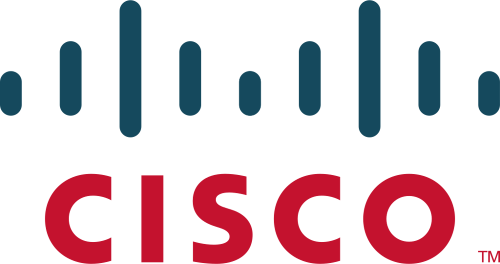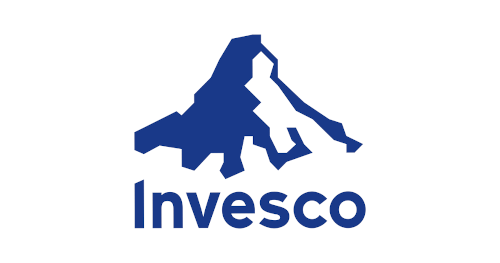Cloud migration is the process of moving applications, data, and supporting infrastructure from on-premises environments to cloud services such as public, private, or hybrid cloud platforms. Organizations pursue migration to improve scalability, reduce operational cost, modernize application portfolios, and support digital transformation. Successful migrations require careful planning and precise execution to ensure continuity of service, optimized performance, and long-term efficiency.
Data center teams play a critical role in cloud migration because physical infrastructure remains vital even as workloads transition. Many organizations continue to rely on hybrid architectures that combine cloud services with on-premises compute, network, and storage resources. Cloud migration is therefore an ongoing strategic evolution rather than a one-time project.
Why Organizations Migrate to the Cloud
Cloud adoption is driven by operational, financial, and competitive objectives.
- Scalability. Elastic compute and storage resources help organizations support rapid growth without large capital investments.
- Cost efficiency. Shifting to an operating expense model and eliminating underutilized hardware can potentially reduce total costs.
- Business agility. Faster provisioning and deployment cycles support innovation and may accelerate time to market.
- Security and resiliency. Cloud services provide options for distributed availability zones, automated backups, and built-in security controls.
- Application modernization. Refactoring legacy applications may improve performance, user experience, and long-term maintainability.
The primary goal is to align IT resource consumption directly with business demand, so organizations invest only in what they use.
Cloud Migration Strategies
Teams typically select one of several common migration approaches based on technical complexity, performance requirements, and application dependencies.
- Rehosting (lift and shift). Move the workload without architectural changes. Fastest method but offers limited efficiency gains.
- Replatforming (lift and optimize). Make limited improvements such as database changes or OS upgrades while retaining core architecture.
- Refactoring. Re-architect the application to leverage cloud-native capabilities including microservices, containers, and serverless models.
- Repurchasing. Replace the existing application entirely, often with a SaaS platform.
- Retaining or retiring. Some applications remain on-premises due to compliance or latency requirements while others are decommissioned entirely.
Most large organizations use multiple approaches depending on workload maturity and business priority.
Migration Challenges for Data Center Teams
Even when workloads transition to the cloud, the physical data center still matters. Data center managers must:
- Maintain uptime for on-premises systems during migration
- Manage hardware decommissioning, footprint changes, and stranded capacity
- Track connectivity changes supporting hybrid architectures
- Ensure compliance with security and data governance policies
- Plan power and cooling needs for shifting compute profiles
- Maintain accurate documentation of assets and dependencies
Incomplete or outdated infrastructure information can introduce risk during cutovers, delaying progress and increasing cost.
Cloud Repatriation Considerations
Although many workloads move to the cloud, some organizations later determine that certain applications are more cost effective or operationally efficient on premises or in colocation environments. This reversal, known as cloud repatriation, typically results from rising consumption-based charges, latency and data gravity considerations, or compliance constraints. Repatriation patterns often vary by workload type and performance profile. Effective cloud strategies continually re-evaluate workload placement, which reinforces the need for accurate physical infrastructure data and close collaboration between cloud and data center teams.
Simplify Hybrid Data Center Operations with DCIM Software
Data Center Infrastructure Management (DCIM) software provides the physical infrastructure visibility needed to support smooth and efficient cloud migrations. It serves as a unified system of record for assets, connectivity, and capacity information across all facilities where IT equipment resides. As responsibilities expand beyond centralized data centers, DCIM ensures teams maintain governance and operational control at every site.
With DCIM software, teams can:
- Audit and validate physical infrastructure. Maintain accurate records of servers, storage, network ports, and power paths to understand what is in scope for migration.
- Map dependencies. Visualize connectivity end to end so workloads with shared infrastructure can be grouped and migrated with appropriate sequencing.
- Model and plan on-premises changes. Simulate capacity impacts as assets migrate or are retired to keep space, power, and cooling properly balanced.
- Extend visibility to all technology spaces. Manage assets in labs, IDF rooms, remote edge sites, and other distributed environments that remain critical post-migration.
- Manage hybrid environments. Track which applications continue to rely on physical hardware and ensure those platforms remain reliable and secure.
- Inform decommissioning activities. Identify hardware that can be decommissioned to consolidate the data center footprint and reduce maintenance costs.
- Support cloud repatriation analysis. Use accurate space, power, cooling, and cost data to determine when returning workloads to enterprise facilities will improve cost efficiency or performance.
Want to see how Sunbird’s DCIM software can support your hybrid operations? Get your free test drive now.




























